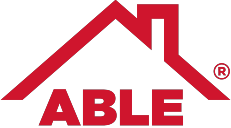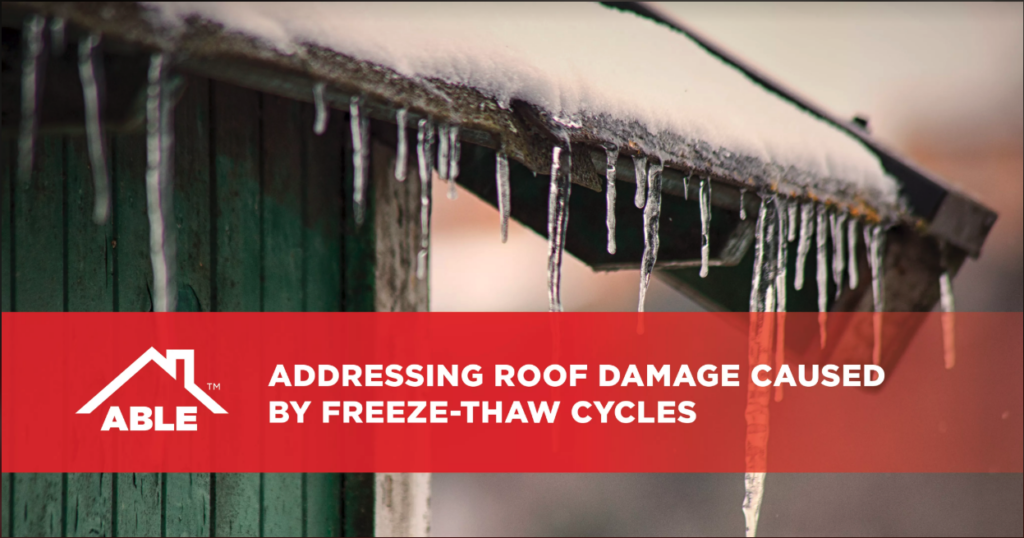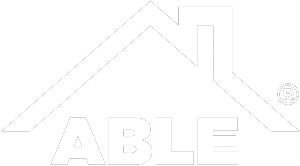We all learned a lot of things in school that do not necessarily affect our daily lives. Calculus and literary theory come in handy for a select few, but much of our basic knowledge lives in our brains without ever really being used. One contradiction to this is a lesson you likely learned in early science classes about how water expands when it’s frozen and contracts when it’s heated. As a teenager, it isn’t likely that you knew how important that lesson would one day be for the safety and security of your family. It turns out that the application of this particular scientific theory is very important as a homeowner. As the seasons change, the moisture in or around your house begins to expand when it freezes. For many materials in your home, this is no big deal. However, it can be a death sentence for your roof. It’s important to understand how the yearly freeze-thaw cycles can affect your roof, what you should look for, and what you can do about it.
Freeze-thaw cycles can cause damage to your roof
To understand what happens to your roof, you need to understand what happens during the freeze-thaw cycle here in Ohio. Simply put, water and moisture are constantly present in our air. That moisture makes its way into the cracks and crevices of most materials. When the moisture enters an object, it’s in a liquid or gaseous state. However, as temperatures drop, the water molecules begin to expand. If the expanding moisture is inside of a rigid object, such as rocks, cement, or roofing shingles, the expansion begins to put pressure on the object. Because temperatures can fluctuate a significant amount between daytime and nighttime, especially in the intermediary seasons of spring and fall, this pressure is created multiple times per week, causing significant wear and tear on the objects it inhabits.
Three signs of freeze-thaw damage to your roof
Freeze-thaw cycles can create a variety of problems for your roof, and they don’t always manifest in the same way. However, there are a few common ways you can identify freeze-thaw damage on your roof:
- Ice Dams. Ice dams can occur when the heating on your roof is uneven or when there is a lot of freezing and thawing occurring in the environment. In these instances, melted snow runs down the roof, stopping around the eaves. The water goes behind shingles and gets stuck there, causing significant upward pressure when it freezes.
- Flashing has come loose. All roofs have metal sheeting called flashing that seals the cracks between roofing materials and roof features. If the flashing surrounding your chimney, eaves, vents, etc., has separated from the area it’s protecting, ice dams are likely the culprit, even if you didn’t catch them when they occurred. These gaps can let in further moisture and can even cause flooding, so make sure to address the issue right away.
- Uneven or minimized space between shingles. Shingles should be evenly spaced. If you see that some shingles are not, or the space has become smaller, it’s likely that the expansion and contraction has done some damage.
All of these issues can permanently damage your roofing shingles and other roofing materials and can cause expensive home repairs.
The long-term effects of the freeze-thaw cycle
There are several ways in which the freeze-thaw cycle can damage your home in the long term. Damages can be expensive and may affect your family in unexpected ways. These are a few examples:
- Mildew and mold can grow in your home. Ice dams and the freeze-thaw cycle allow moisture to make its way inside your home, as well as under your shingles. This water is not purified or even clean and carries bacteria and mold spores. As those germs reach inside, they can easily grow in the climate-controlled environment, leading to significant problems for your home and health.
- Your roof’s lifespan is shortened. The freeze-thaw cycle accelerates damage to your roof, meaning you will likely have to repair and replace your roof sooner than anticipated.
- Your gutters could be destroyed. Ice dams have the ability to remove gutters from the sides of the roof. If this happens, any melted water is not safely rerouted away from your home, meaning it will likely find its way into your basement, freeze, and cause further damage, or both.
How to protect your roof
The effects of the freeze-thaw cycle are certainly alarming, but luckily, there are steps you can take to protect your home. The most immediate option is to hire professionals to remove snow from your roof. This prevents ice dams from forming. If you already have an ice dam, make sure to have it removed right away before it has time to cause further damage. In the long-term, the best thing you can do for your roof is to have a well-ventilated attic. This ensures that temperature fluctuations don’t have as strong of an effect on your roof, as it is temperature regulated. Finally, have your roof inspected regularly. If you catch damage early, you can save a lot of time, money, and heartache.
Call a professional
Though there are many online DIY tips about how to remove ice dams or repair your roof, these methods are never recommended. Falling from a roof or ladder is often lethal, and without the right support equipment, you could be endangering your life. Even methods such as roof rakes are not recommended, as they can cause further damage to your shingles as they remove snow. Your best course of action is to contact a professional and create a short-term and a long-term action plan for your roof.
Contact Able Roofing
For roofers that truly understand Ohio’s fickle freeze-thaw cycle, contact Able Roofing. For over 30 years, we have been keeping the roofs and families of Ohio safe from roofing catastrophes and safety hazards. We are passionate about performing quality, expert work on your roof, so you can have peace of mind all season long. Our family-oriented, award-winning team provides exemplary customer service and results that you can feel confident about. Don’t wait — call us today to schedule a free estimate.








